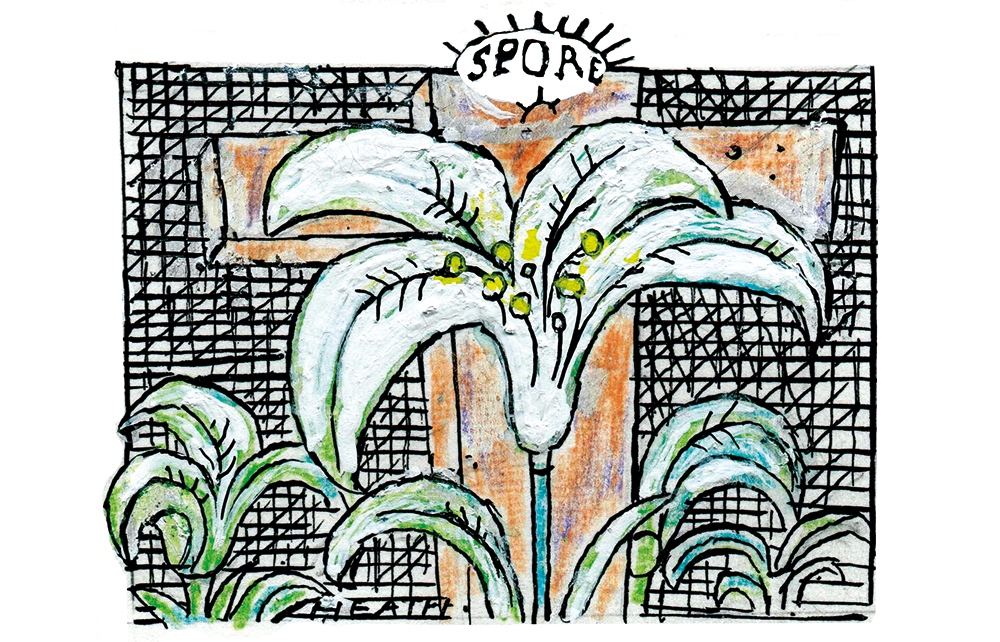The Easter lily, or Lilium longiflorum, grows from a bulb buried underground to bear white, trumpeting flowers which face outwards and smell divine. One doesn’t need to be an expert in semiotics to see why it came to be associated with the resurrection. In Christian tradition, lilies were said to have grown in the garden of Gethsemane at the spot where Jesus prayed on the eve of his crucifixion. The Easter lily is sometimes known as ‘the white-robed apostle of hope’.
A few stems of lilies tied with ribbon are always a lovely present whatever the occasion, but it is true that some associate these flowers more with death than life. In depictions of the Annunciation, the angel Gabriel sometimes arrives clutching a spray of lilies. Did the Virgin Mary flinch slightly when her bouquet was delivered, laden with meaning?
The fleur-de-lis, a stylised depiction of a lily, became the official emblem of Florence in the 11th century. In Italian cities, as in much of medieval Europe, the new year used to be celebrated on 25 March, the feast day of the Annunciation, nine months before Christmas. Also known as ‘Lady Day’, unlike Easter, it was fixed in the calendar. In Britain, the new year began on 25 March until 1752, when our calendar changed from the Julian to the Gregorian and the dates were adjusted so that the new new year started on 5 April, which became an important feast day for accountants and tax lawyers.
Irish Republicans wear the Easter lily badge in memory of those who died during the 1916 Easter Rising. The emblem was introduced in 1926 by Cumann na mBan, the ‘League of Women’, and badges were sold outside church gates on Easter Sunday. Despite being known as the Easter lily, the lily depicted is in fact the Calla lily, more tubular in shape, rather than the traditional trumpet-shaped longiflorum.









Comments
Join the debate for just £1 a month
Be part of the conversation with other Spectator readers by getting your first three months for £3.
UNLOCK ACCESS Just £1 a monthAlready a subscriber? Log in